Don't wanna be here? Send us removal request.
Photo


-Ratcatcher (Lynne Ramsay, 1999)
-Ida (Pawel Pawlikowski, 2013)
422 notes
·
View notes
Photo

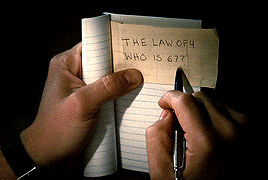
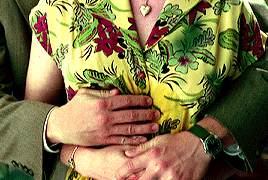
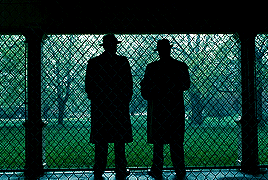
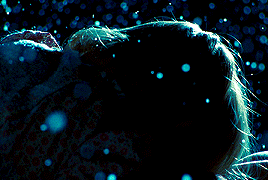
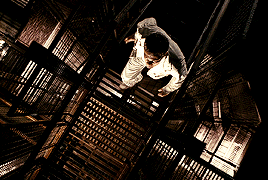
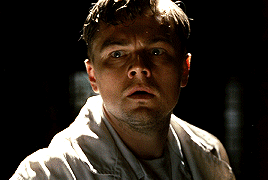

Sanity’s not a choice, Marshal. You can’t just choose to get over it.
Shutter Island (2010), dir. Martin Scorsese
3K notes
·
View notes
Photo




The Babadook (2014) // IT (2017) // Carrie (2013) // A Quiet Place (2018)
3K notes
·
View notes
Photo







The Killing of a Sacred Deer (2017) dir. Yorgos Lanthimos
5K notes
·
View notes
Text
Gollum Walked So Caesar Could Run
The Genius of Andy Serkis & Origin of Performance Capture
Imagine it’s 2001 again, you’re sitting in the cinema watching the Fellowship of the Ring make its way through Moria, when Frodo spots a deformed inhuman creature lurking in the shadows. Andy Serkis used the early MoCap technique which incorporates the ‘outside-in’ treatment where the camera looks from outside of the MoCap and into the movement of the actor. This method was tied to a specific space or location. After seeing the potential of this technology, Serkis explained, “It’s not just about mimicking behaviour. This is about creating a character”. This innovative approach led to the creation of Performance Capture that more accurately recorded facial, hand and finger motion. The most praised film for using this technology especially facial motion capture was “War for the Planet of the Apes” (Matt Reeves, 2017), where Andy Serkis, played the main character a chimpanzee, Caesar. Serkis was wearing 132 mini retro-reflective markers on his face to record the detailed movement of his facial muscles. This allowed for Serkis to portray Caesar’s emotional and psychological journey in a very real, tangible way. “It’s not just about the physical build of the character, but also the internalisation […] performance capture acting is no different to any process you go through to create a role” explains Serkis.
Now, tell me you didn’t feel for Gollum with his tiny teethes and a big, blue eyes…
9 notes
·
View notes
Text
Fighting Fire with Fire
Festen and Dogme 95
Festen (Thomas Vinterberg, 1998) was a film made to uncover the truth, portray realism and inspire filmmakers to do more with less. It was the first film made with compliance to the Dogme 95 Vow of Chastity, which pointed to 35mm film as the prescribed format and constituted against superficial action, CGI and any cinematic illusions. Festen follows Christian, who decides to disclose the truth about his abusive father at a family celebration. To my surprise, Festen, is filmed on a digital camera. "The digital thing makes it somewhat cold. Which happens to be okay for this film, [...] But it doesn’t create life to shoot on video. […] And to be honest, I would have preferred to shoot this on Academy 35”. Breaking his own rules, Vinterberg, completely changed the aesthetic of the movie, Festen resembles a home video, the audience feels as if they were watching themselves, like they were let in on something private, even forbidden. Uncomfortable. The use of digital video could be seen as an anathema to Dogme 95. It is hard to omit the illusion of film when what evolves before the camera is not immediately transferred onto the film’s surface.
Now, watching Festen, did you relate yourself or your family to any of the characters?
4 notes
·
View notes
Text
Zoombusters: Paranormal Host
Desktop Horror
Today I want to focus on the origin and meaning of the term Desktop Horror. Historically the association of media with paranormal activity dates back to the telegraph lines. They brought on a new possibility of connecting with other people despite physical separation, carrying messages from town to town and from continent to continent. Telegraph lines carried sparks of consciousness outside of the boundaries of the physical body.
After the spread of the COVID-19 pandemic, most of us started living our lives online in a mysteriously haunting digital reality. The regular thrills of live were gone. It was time to seek out new adrenaline pumping experiences, one of which, for me was the screening of Host (Rob Savage, UK, 2020). This film captures the essence of desktop horror from as early as the production, as it was made remotely during lockdown with the actors setting up their own cameras, lighting, stunts and handling the effects such as moving doors or flying chairs.
This film not only reflects on how we essentially moved a huge part of our lives to a digital reality but also adds a little scare to the analogue experiences we still have.
Now, after watching Host, how much are you looking forward to your next zoom call?
1 note
·
View note
Text
Beth Harmon Made Me Do It!
The Netflix Effect
To say that films and TV series are the centre of my universe is an understatement. During lockdown I have truly experienced the extent of “The Netflix Effect”. The term itself can be used to explain various phenomena, from catapulting actors to fame overnight to the way we, as viewers, changed the way we perceive the television and film industry. However, today, I want to discuss the degree of Netflix’s influence on the sales of products that are featured in the series they produce.
Though by some, Netflix, may be seen as a platform giving voice to young creators, I see it as a master mind-controlling marketing tool. On the 23rd of October 2020, “The Queen’s Gambit” has been released on Netflix. The show is set in the Cold War era and tells the story of a young girl’s quest to become the greatest chess player in the world.
As the show skyrocketed in popularity so did the sales of chess sets. According to Goliath Games, sales have risen by 1048%.
Expectedly, it were the wooden and vintage styled sets of chess that were the most popular. Just like the ones in “The Queen’s Gambit”
Now, how’s that for effective marketing? ;)
0 notes
Photo




Á bout de souffle (Breathless) 1960 dir. Jean-Luc Godard
2K notes
·
View notes
Text
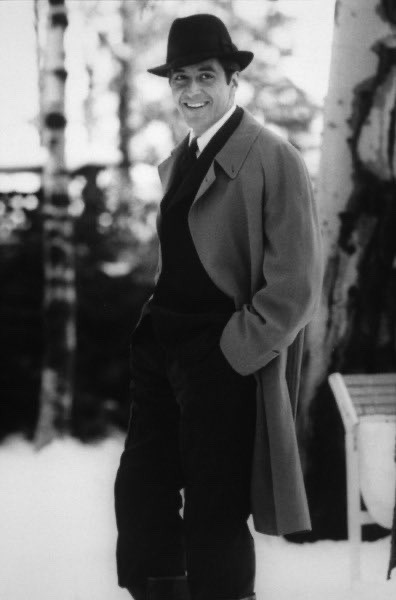
“I never wanted this for you. I work my whole life - I don’t apologize - to take care of my family...I don’t apologize - that’s my life - but I thought that, that when it was your time, that you would be the one to hold the string...Well, it wasn’t enough time, Michael” - THE GODFATHER
202 notes
·
View notes
Text
White Elephants on Set
Rise of Digital Cameras
Today I’m going to focus on the documentary “Side by Side” by Keneally, which discusses digital technology’s impact on filmmaking. While watching, I reflected on the shift in the meaning and importance of being a camera operator. William Brown in “Supercinema” explained the difference between analogue and digital cinema using Batman and Superman. Analogue cinema is Batman - hiding it’s limitations behind the bat suit. Digital cinema is Superman - hiding his strength behind his alter-ego, Clark Kent. While digital cinema outperforms analogue cinema with its technologies, making the film more spectacular, it diminishes the role of the director of photography. On a film set the DoP is responsible for knowing what equipment is needed and how to use it to produce the desired scene, they look at colour, composition, angles. In the documentary, John Mathieson said “you can’t explain what you’re gonna do. There’s a certain amount of a leap of faith they gotta have in you”. With film, only the DoP knew what the footage will probably look like. Now using digital cameras everybody on set sees the acquired image, no more dailies. “There was a joy for many many years for us to be the genies on set” reminisces Sani Sissel.
Now, how’s that for a painful digital takeover?
#filmmaking#digital photography#digital camera#digital film#martin scorsese#keanu reeves#walter murch#james cameron#david fincher
1 note
·
View note
